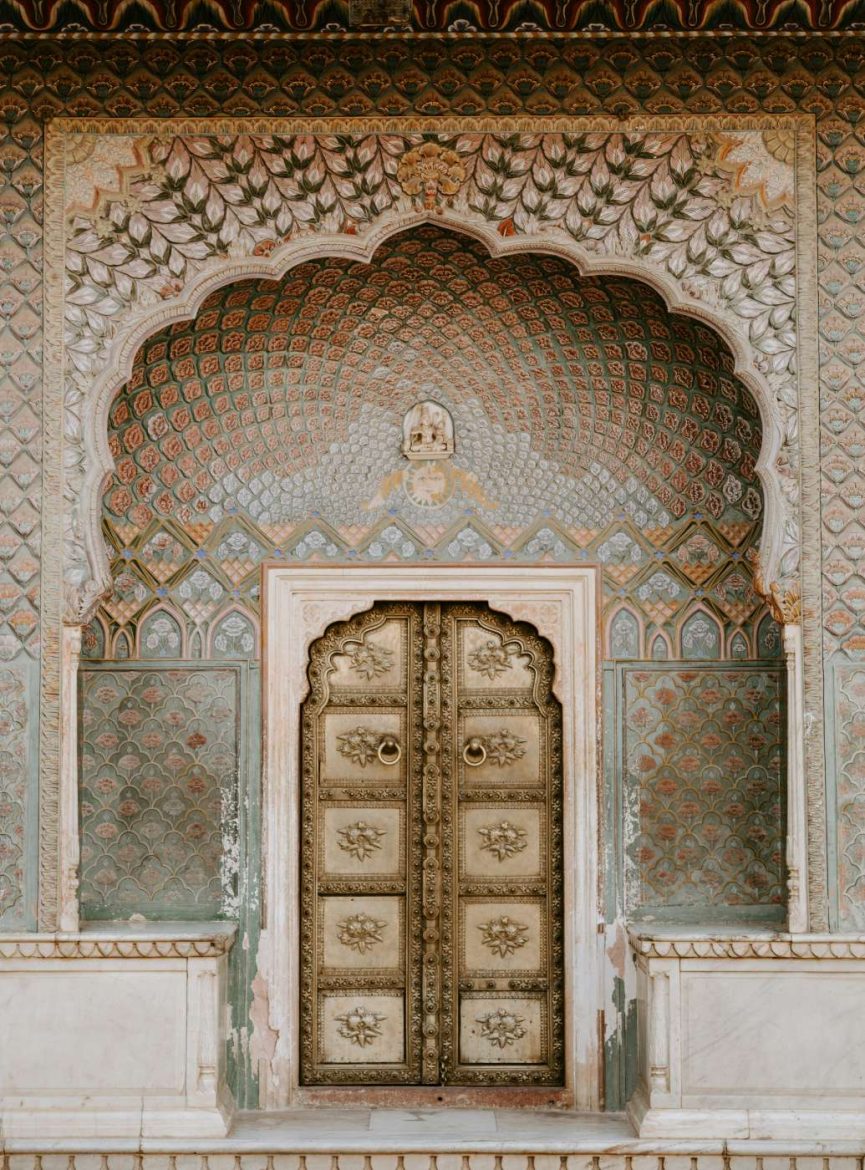Seed Cycling: The Quirky, Seed-Soaked Secret to Hormonal Harmony
Alright, ladies (and curious gents), gather around because we’re about to dive into something a little offbeat yet wildly wonderful: seed cycling. If you’ve been juggling mood swings, bloating or feeling like your hormones are riding a rollercoaster, seed cycling could be the quirky trick your body’s been craving. Picture this: you’re eating seeds for better hormonal health – and no, it’s not a joke. Let’s unpack this fun, natural way to balance your body’s hormone game. Buckle up, we’re going seed-cycling!

What the Heck is Seed Cycling?
Imagine your menstrual cycle as a super dramatic soap opera, where the estrogen and progesterone are the leading characters. Each month, these two hormones rise, fall and basically fight for the spotlight and guess what? Seeds are here to play their part as the backstage crew, helping these hormonal divas stay in harmony.
Here’s the deal: Seed cycling involves consuming different seeds at different times of your menstrual cycle to help support estrogen and progesterone when they need it most. Think of it like a diet hack for your hormones. You’re just eating seeds but you’re actually giving your body a little hormonal help in the background.
The Cycle of Seeds
So, there’s a structure to this. Just like your hormones have a rhythm, seed cycling follows a two-phase pattern that mirrors your menstrual cycle.
1. The Follicular Phase (Days 1-14)
This is the beginning of your cycle when estrogen is the queen bee. You know, she’s just getting ready for the big ovulation event, so she needs some TLC.
Seeds to munch on:
Flaxseeds: These little beauties are packed with lignans which help the body process estrogen properly. You could say flaxseeds are estrogen’s personal assistant.
Pumpkin seeds: A zinc powerhouse, these little guys help support estrogen production. It’s like giving estrogen the protein shakes it deserves.
In the follicular phase, aim to eat one tablespoon of ground flaxseeds and one tablespoon of pumpkin seeds daily. (P.S. Ground flaxseeds work better than whole seeds because they’re easier to digest. No one likes trying to crack a seed like it’s a walnut).
2. The Luteal Phase (Days 15-28)
Now, here’s where progesterone takes centre stage after ovulation. It’s like progesterone’s time to shine and seed cycling is all about supporting that shine.
Seeds to snack on:
Sesame seeds: They’re packed with zinc, helping to support progesterone production. Progesterone loves a good sesame seed.
Sunflower seeds: These seeds are loaded with vitamin E which supports progesterone and general hormone health. Basically, sunflower seeds are progesterone’s BFF.
During the luteal phase, make sure you’re eating one tablespoon of ground sesame seeds and one tablespoon of sunflower seeds every day. (Seriously, it’s like a snack party for your hormones).
Why Should You Even Care About Seed Cycling?
Okay, so you might be wondering, “Why seeds and why now?”. Well, here’s the thing: hormonal balance isn’t just a trendy wellness term. It’s vital for everything from your mood to your skin to your energy levels. When estrogen and progesterone are working in sync, you’re basically cruising through life in the hormonal equivalent of a convertible on a sunny day. Seed cycling helps keep that ride smooth by giving your body the nutrients it needs at the right time.
Here are some cool benefits:
Less PMS Drama: Seed cycling may help reduce bloating and those delightful mood swings. Think of it as your hormonal peacekeeper.
Healthier Periods: Fewer cramps, less bloating and a generally smoother ride during that time of the month (because who doesn’t want that?).
Fertility Boost: For those trying to conceive, balanced hormones are the name of the game. Seed cycling might support that delicate hormonal dance.
Clearer Skin: Hormonal imbalances can lead to acne, especially around that lovely “time of the month” (hello, breakouts!). Seed cycling could help smooth out your skin situation.
Mood Elevation: It’s not just about the physical changes. Balancing your hormones may give you a mood boost, keeping you feeling more zen and less like you’re stuck in an emotional tornado.
How to Do Seed Cycling (Without Going Nuts)
Ready to give seed cycling a shot? It’s easier than you think!
Buy the Right Seeds: Get organic, raw, unsweetened seeds. The fresh stuff will give you the most bang for your seed buck. If you can, grind the flaxseeds yourself to keep things fresh.
Track Your Cycle: Yeah, you’ll need to know when your period starts and ends but hey, it’s a great way to reconnect with your body. If your cycle is longer or shorter than 28 days, adjust the seeds accordingly. It’s not a strict rule – just a guideline.
Be Consistent: Seed cycling works best when you stick to it. Add the seeds to your daily routine for at least 2 – 3 months to really see the benefits. This isn’t a quick-fix miracle but hey, consistency is key.
Get Creative: Add your seeds to smoothies, sprinkle them on oatmeal, toss them into salads or just munch on them straight from the jar. You can even bake them into muffins for an extra dose of hormonal love.
Possible Side Effects & Things to Consider
Seed cycling is generally pretty safe but there are a few things to keep in mind:
Allergies: If you’re allergic to any of the seeds, obviously skip them (no one wants an allergic reaction over something so fun!).
Existing Hormonal Conditions: If you’ve got conditions like PCOS, endometriosis or fibroids, check in with your healthcare provider before you go full seed mode.
Pregnancy: If you’re pregnant, talk to your doctor before making any major diet changes.
Final Thoughts
Seed cycling might sound like something out of a quirky wellness cult but in reality, it’s just a simple, food-based way to help keep your hormones in check. By eating flaxseeds, pumpkin seeds, sunflower seeds and sesame seeds, you could be giving your body the extra support it needs to stay in hormonal harmony.
So go ahead, grab your seeds and start cycling! Your hormones will thank you (and maybe even your mood and skin, too).. and hey, who knew seeds could be this powerful? Here’s to cycling through life – hormonally balanced and seed-packed!













